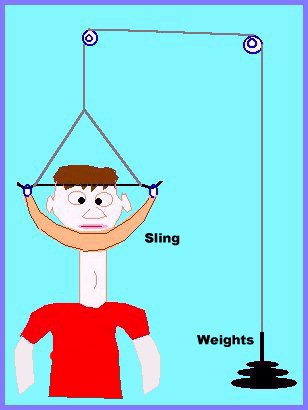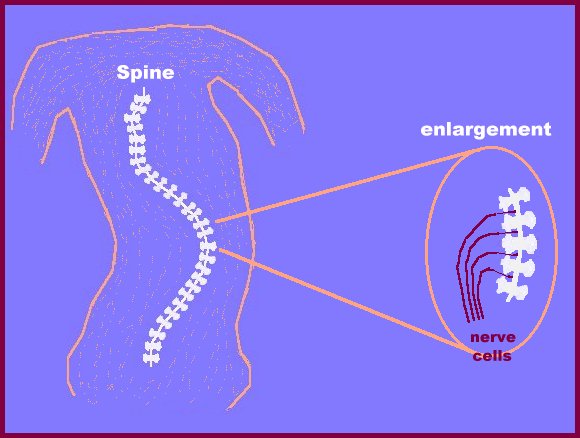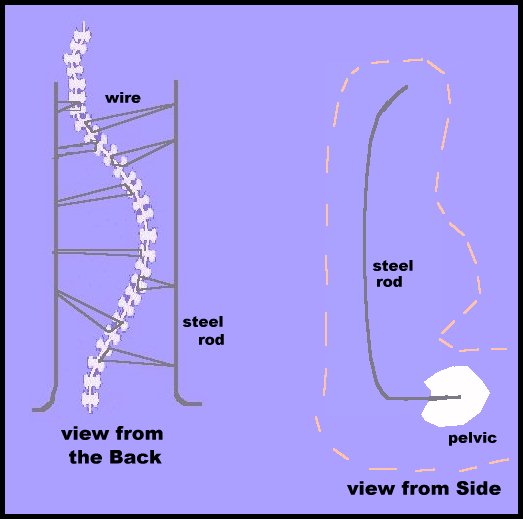A plastic jacket is just that, a plastic - jacket. It was used to support the trunk better than a corset. They were made by
creating a mold of the body then conforming hot plastic around the mold. Thus it fit perfectly, when it was new. It was split
right down the front. To get in, one would spread it open, slip in and lace it up.
The jacket was more appropriate for broken backs than for spinal curves. The support provided probably did more harm
than good since the trunk muscles did not have to work as much and got weaker rather than stronger.
The plastic jacket did have one great benefit. Since it was solid and never lost its shape, a growing youth's body could
only spread out below or above the jacket. This gave girls a great figure early in life and gave boys the Cheyenne Bode look.
|
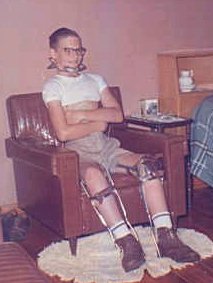
|
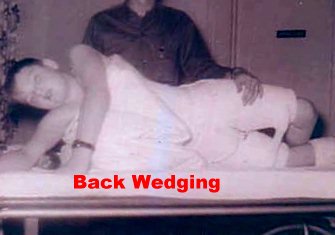
 Polio Main
Polio Main
 next essay
or scroll down for detailed treatment explainations
next essay
or scroll down for detailed treatment explainations

